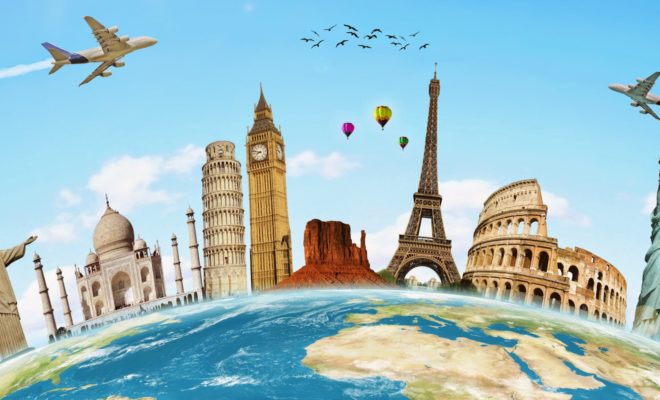
Gay History Through Gay Travel
By Andrew Lear
Every gay person knows a little about gay history. We collect bits of the gay past that we hear about: artists/poets like Walt Whitman, events like the Stonewall riots, periods/places like Weimar Berlin where something gay was going on. And we have questions: is the nudity of ancient Greek statues intended as erotic, was Shakespeare bi or something like that, and so on.
Well, one of the great things about being over 40 is that you might now have the time or mental space to think about those issues—and one of the best ways to investigate them is to travel, to go and see the places where the gay past took place and the evidence—especially artworks—that it left behind.
New York is a great center of gay history, and the city is about to own it in 2019, the 50th anniversary of the Stonewall riots, when World Pride will take place in New York. But New York gay history started long before the Stonewall riots, and includes a panoply of fascinating LGBTQ+ personalities, such as Cole Porter, Bessie Smith, James Baldwin, Marlon Brando, Harvey Feinstein—the list could go on for pages. And much evidence remains in the city. One famous example is the Angel of the Waters statue on the Bethesda Fountain in Central Park, known today for its role in Tony Kushner’s Angels in America—but which (a less well known fact) was also sculpted by a lesbian 19th century sculptor named Emma Stebbins.
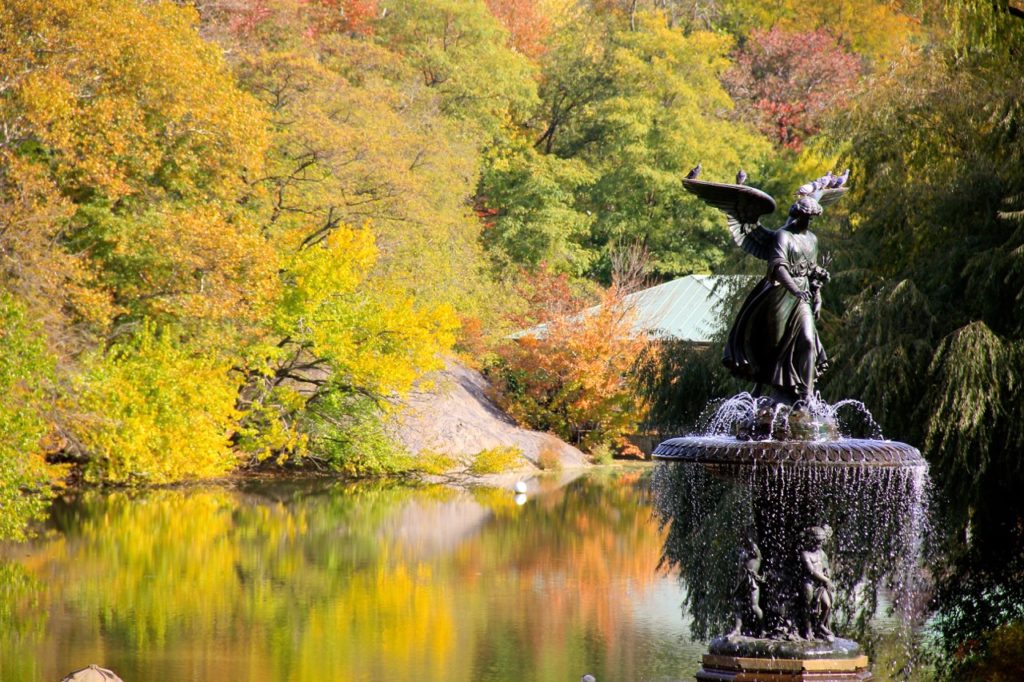
But there is a special concentration in Greenwich Village, the center of everything that was non-conformist in NYC—and America—from before WWI to the 1970s, including the gay liberation movement but also many gay-inflected artistic movements such as the Beat poets and Andy Warhol’s Factory. Just as one example, let me talk about the Axel Theater, around the corner from the Stonewall, on Sheridan Square. In the 1930s it was a café called Café Society: its ad slogan was “the right place for the wrong people” (pretty clever!) and it was known as a place where people of different races and sexualities could mix. And a great though generally unknown gay hero worked there as a waiter and performed there as a singer: Bayard Rustin, Martin Luther King’s gay right-hand man—the organizer of the March on Washington—who was excised from the movement’s mythology because of his arrests for gay cruising.
There are other great centers for gay history snooping as well. London, Paris, Rome, Florence, Naples, Berlin, and Athens (or Greece in general) are not only some of the most beautiful and fascinating places in the world on general grounds; they also were each the center of one of those fertile cultural periods in which some kind of same-sex love was either considered acceptable or at least subtly tolerated. This too could go on for pages, so let me just give you some examples of things you can see:
1. In London, you can see Oscar Wilde’s tobacconist, still operating, with Wilde’s extensive bill—unpaid, of course—on view.
2. In Paris, you can visit Père Lachaise cemetery, famous for Wilde’s tomb—but what about Proust’s, Colette’s, Gertrude Stein and Alice Toklas’ joint tomb, plus a host of other tombs of gay and lesbian people and several gay couples? Probably my favorite is a tomb discovered by Ludovic Dunod of the Association Paris Gay Village of two Napoleonic generals buried together—possibly a gay couple….
3. In Florence, you can see Donatello’s David at the Bargello Museum, the first freestanding nude after Classical Antiquity—and a remarkably homoerotic vision of the Biblical hero, as is made clear by the feather from Goliath’s helmet reaching up along David’s naked thigh….
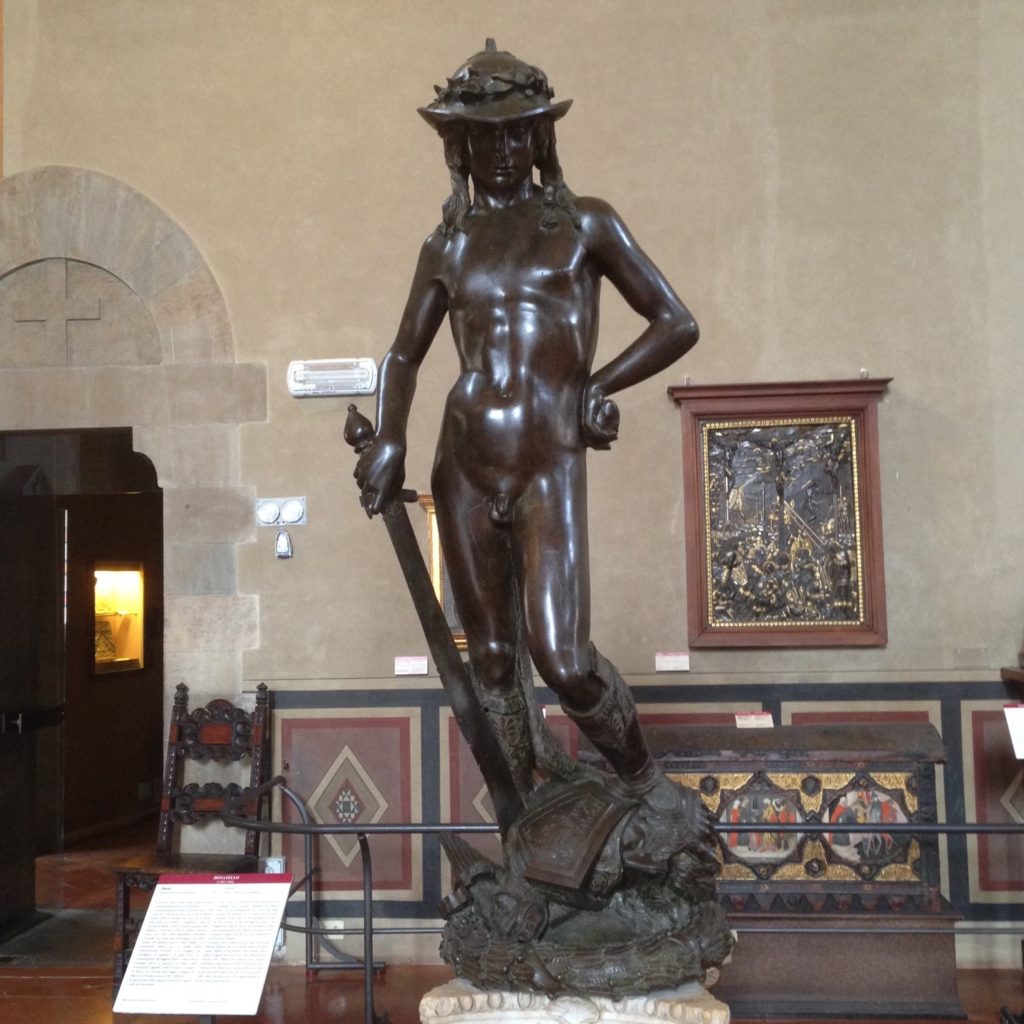
4. In Rome, one fascinating example is the obelisk on the Pincio hill, covered with prayers to the divine Antinous, the Emperor Hadrian’s great love (or perhaps boy toy) whom he declared a god when the boy drowned in the Nile at age 19. Note that Hadrian built (possibly designed) the Pantheon and the tomb that is now the Castel Sant’Angelo, and that there are busts and statues of Antinous all over Rome and indeed in most of the world’s major art museums.
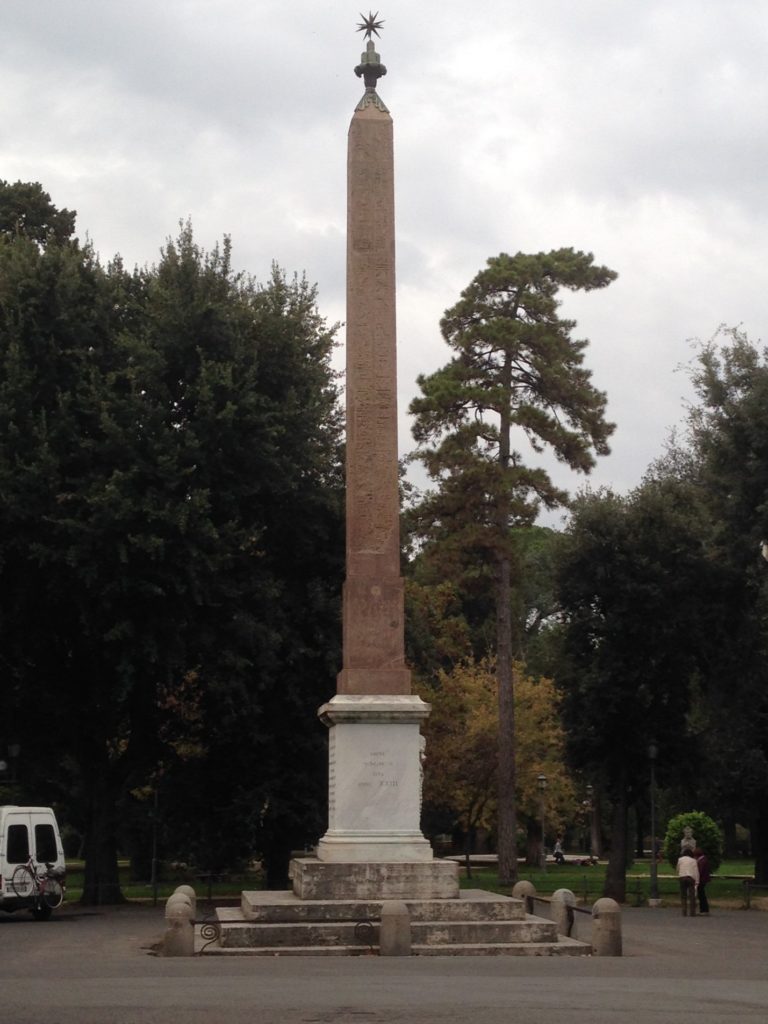
5. One example in Athens is this little stone fragment in the Agora museum, part of the inscription from the statue of Harmodius and Aristogeiton, the male-male couple who assassinated the last tyrant of Athens (or his older brother) in 514 BC and who were the Athenian Democracy’s Uncle Sam (or, as I often call them, Uncle Sam and Robin).
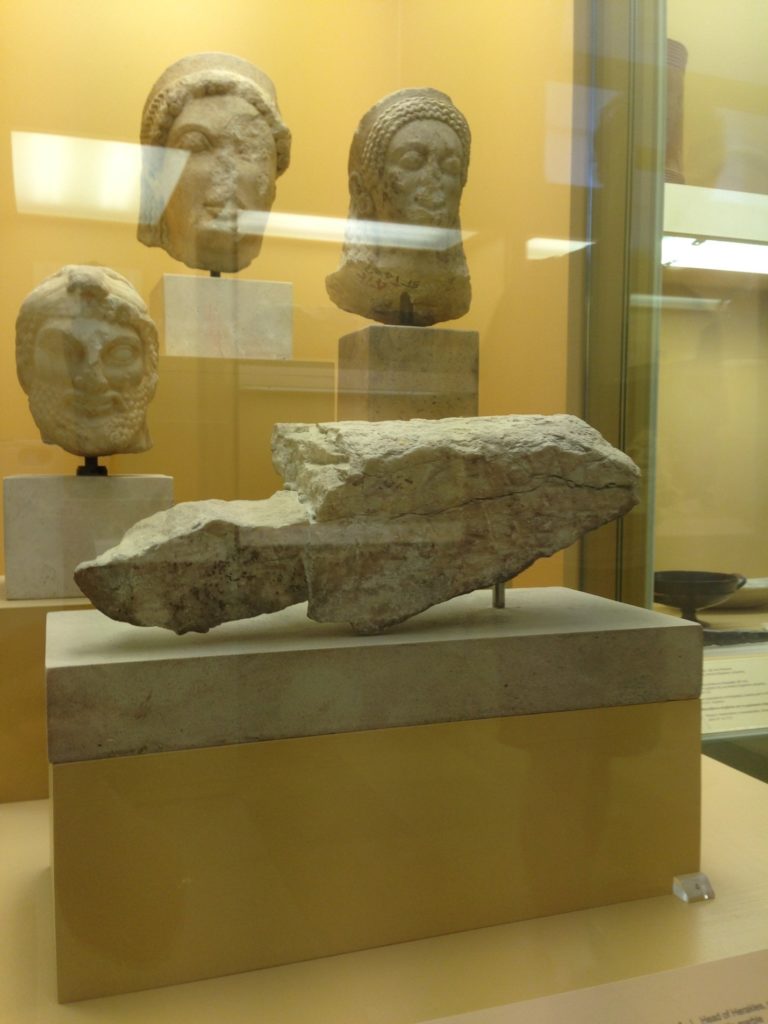
6. And for something in a less famous place, the Lion Monument of Chaironeia, on the battle field where Phillip of Macedonia’s army (under the command of his son Alexander, later the Great) defeated the united Greeks. The monument commemorates the crack regiment of late Classical Greece, the so-called Sacred Band of Thebes, which fought in a battle line organized by lover-beloved male-male pairs, underlining, as does number 5, the association in ancient Greek culture between male-male love and courage in battle.
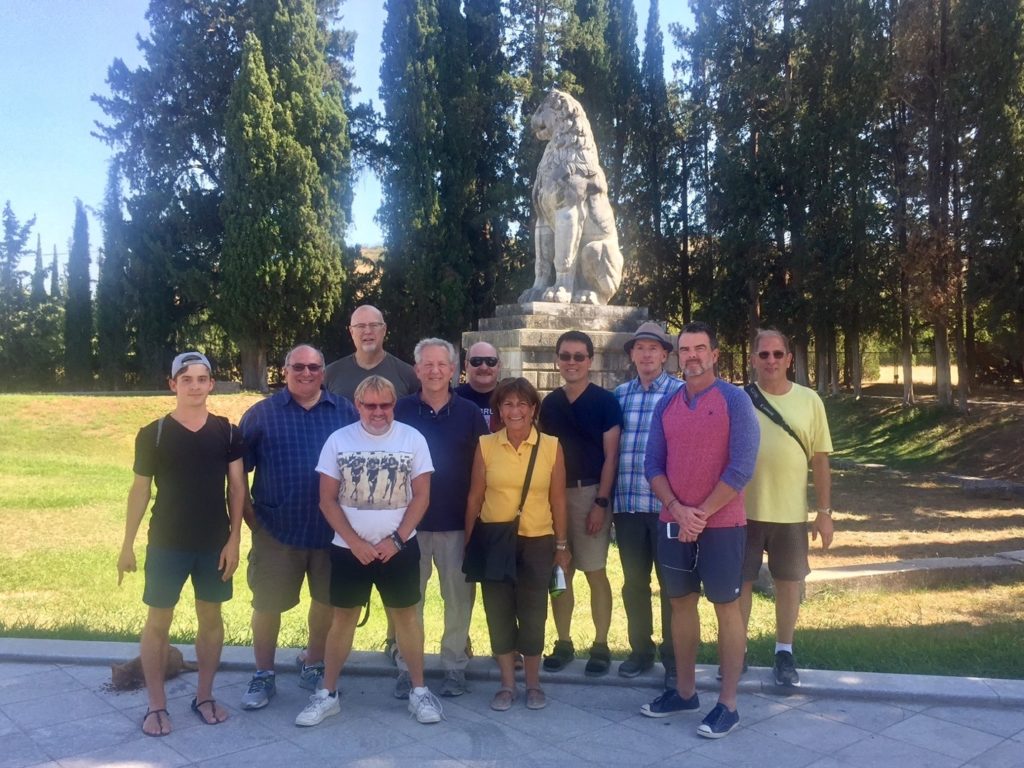
Often, in short, famous places or museums have gay sides; and in all of these great cultural centers, there are lesser-known but fascinating places or artworks connected to gay history. The only problem is that it takes a bit of research to find out about them: they are not in the standard guidebooks or on the standard tours. But with a little work, you can find out about most of them.
Also, keep your eye out for gay-interest tours: there is an Oscar Wilde walking tour in London, and a gay tour of the Vatican is available.
For more complete info, you could also come on the tours I organize about gay history and art through my company, Oscar Wilde Tours.
In New York, we offer occasional gay history walking tours of Greenwich Village and a tour we call the “Gay Secrets” of the Metropolitan Museum.
Later this summer and in the autumn, we have three tours in Europe: “Oscar Wilde’s London and Paris” (August 14-22), “Gay Greece, from Achilles to Alexander and Beyond” (September 26-October 4), and “Gay Italy, from Caesar to Michelangelo and Beyond” (October 5-14).
Check out our website: https://www.oscarwildetours.com, or contact me for more info at andrew@oscarwildetours.com and tell us that you read this article from Gay Life After 40.com! See you on the other end. 🙂
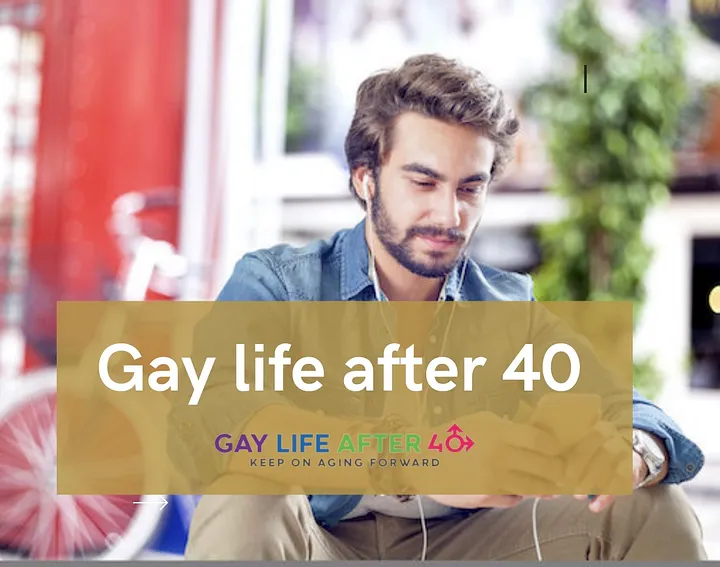
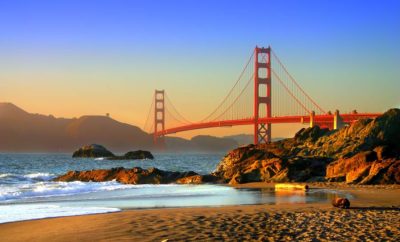
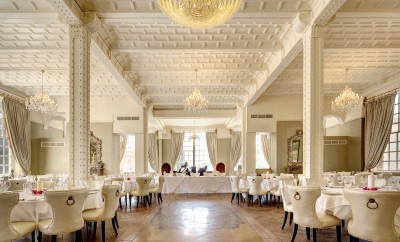
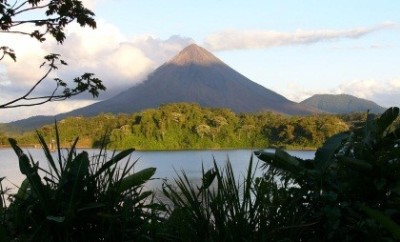

1 Comment